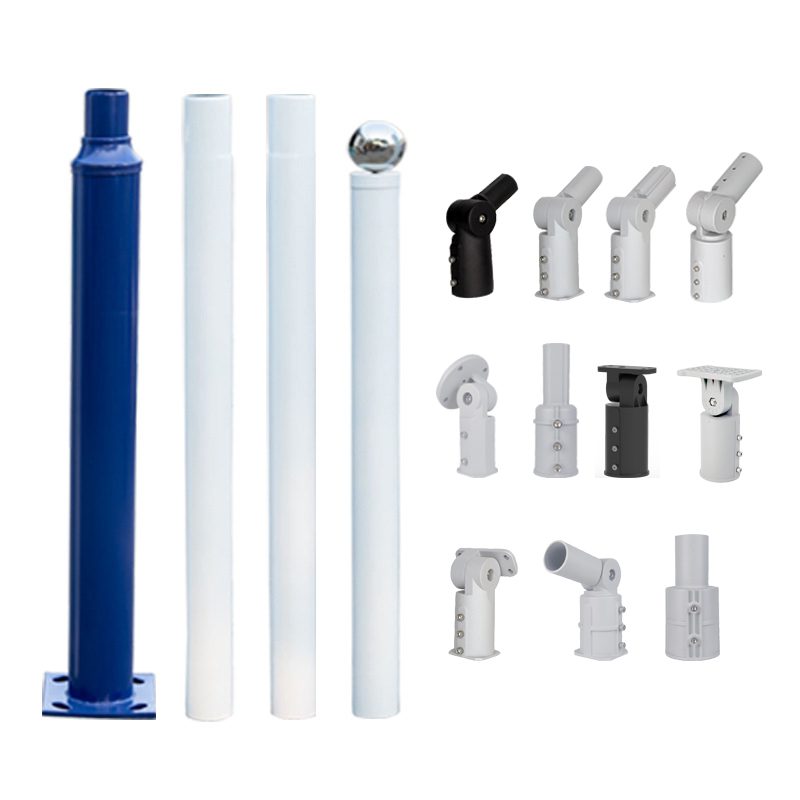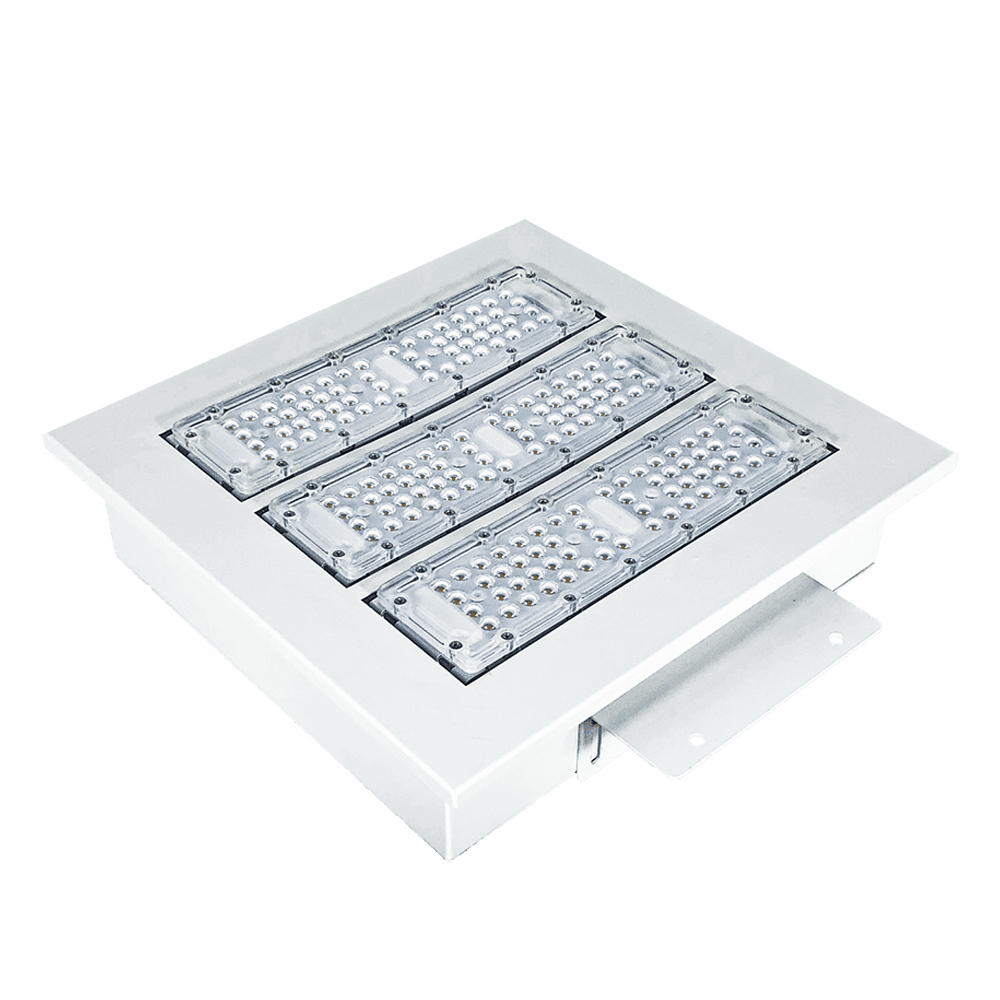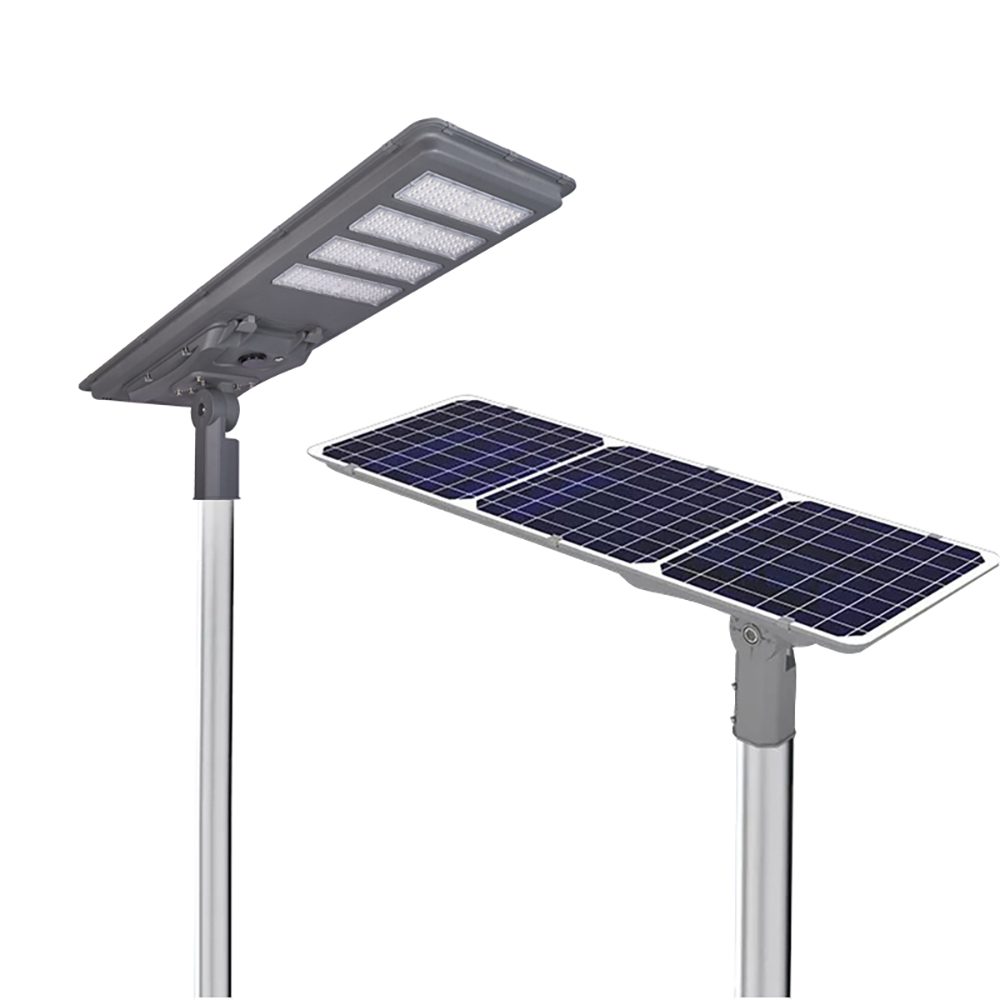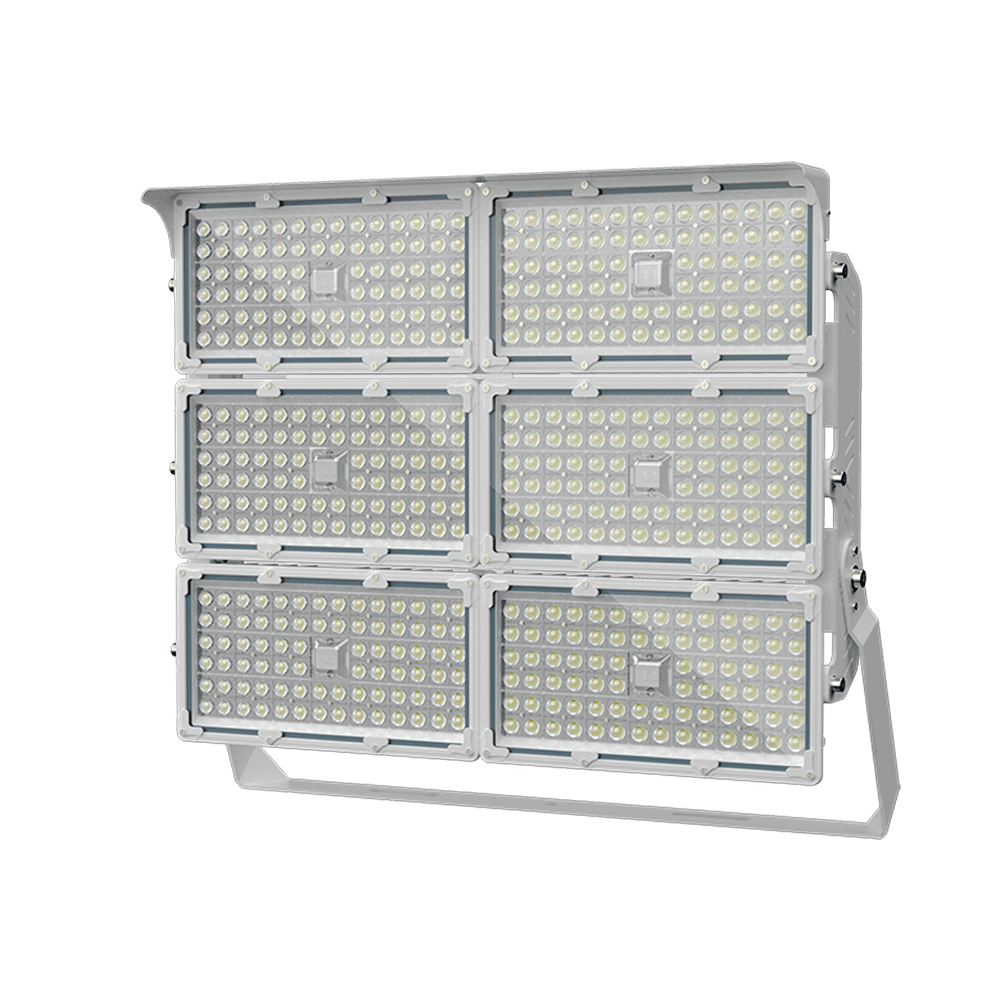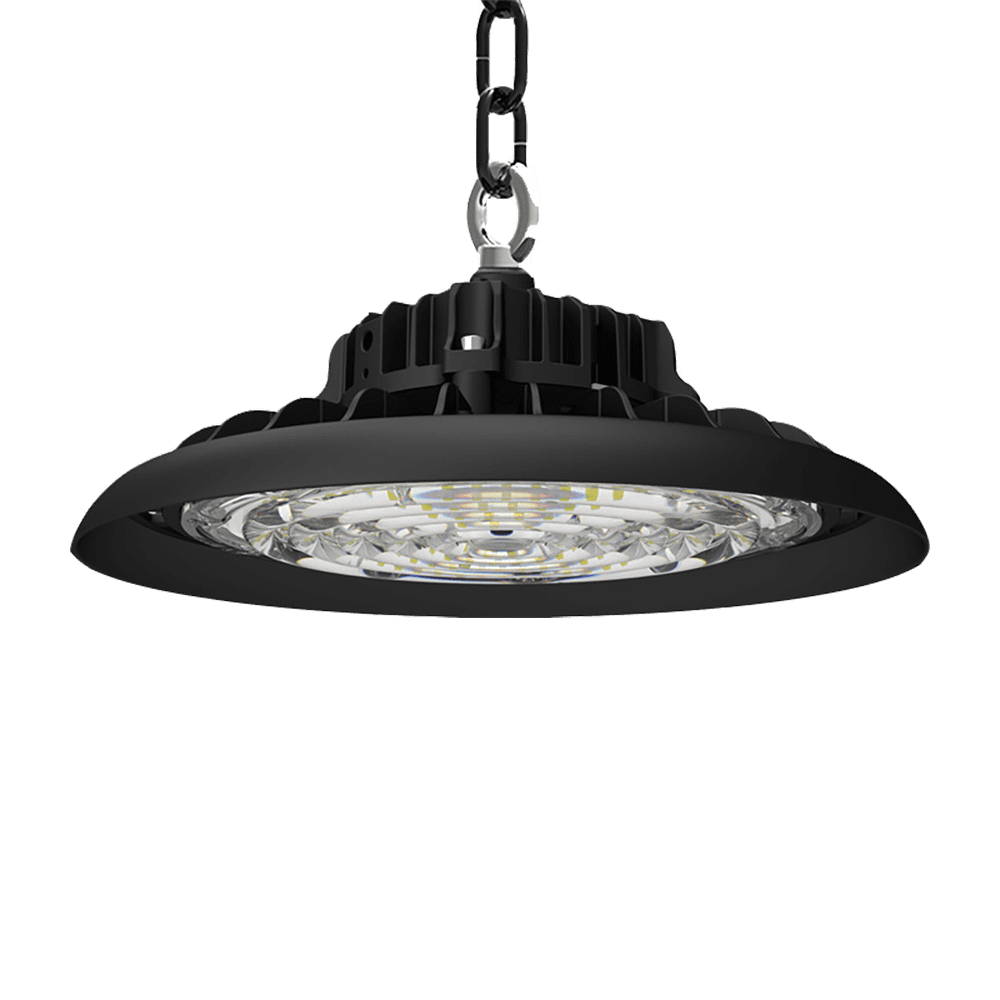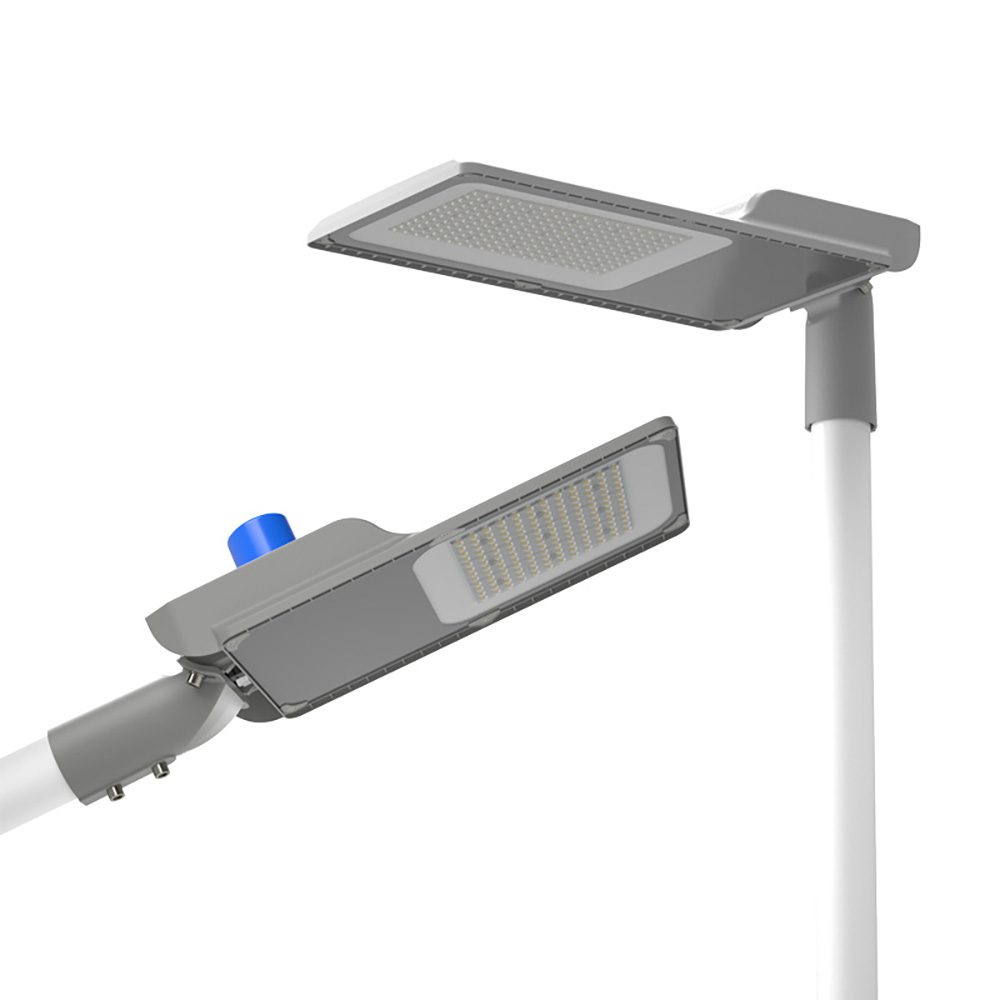The installation of a gas station lighting system directly impacts its performance and lifespan. Proper selection, layout, and installation of fixtures not only ensure optimal illumination but also prevent potential safety hazards. Below are the core considerations for gas station lighting installation, helping managers or engineering teams efficiently complete lighting upgrades.
1.Fixture Selection: Suitability for Gas Station Environments
Gas stations are special places, and LED lamps with high protection levels (above IP65) should be selected to ensure dust and water resistance and adapt to changing outdoor climate conditions.
Recommended fixture types:
LED canoly lights: Ideal for illuminating large areas like fueling zones and parking lots.
Explosion-proof wall lights: Suitable for entrances and walkways near convenience stores.
Solar-powered warning lights: Can serve as auxiliary safety lighting for tank areas or entry/exit points.
2.Positioning and Beam Angle Planning
Fueling area: Fixtures should be mounted on canopy edges or pillars, avoiding direct glare into drivers’ eyes. Asymmetric optics are recommended to minimize glare.
Entrances and driveways: Wide-beam-angle fixtures ensure clear visibility of road markings and signage.
Convenience store perimeter: Soft-light wall lamps or post-top lights create a welcoming atmosphere.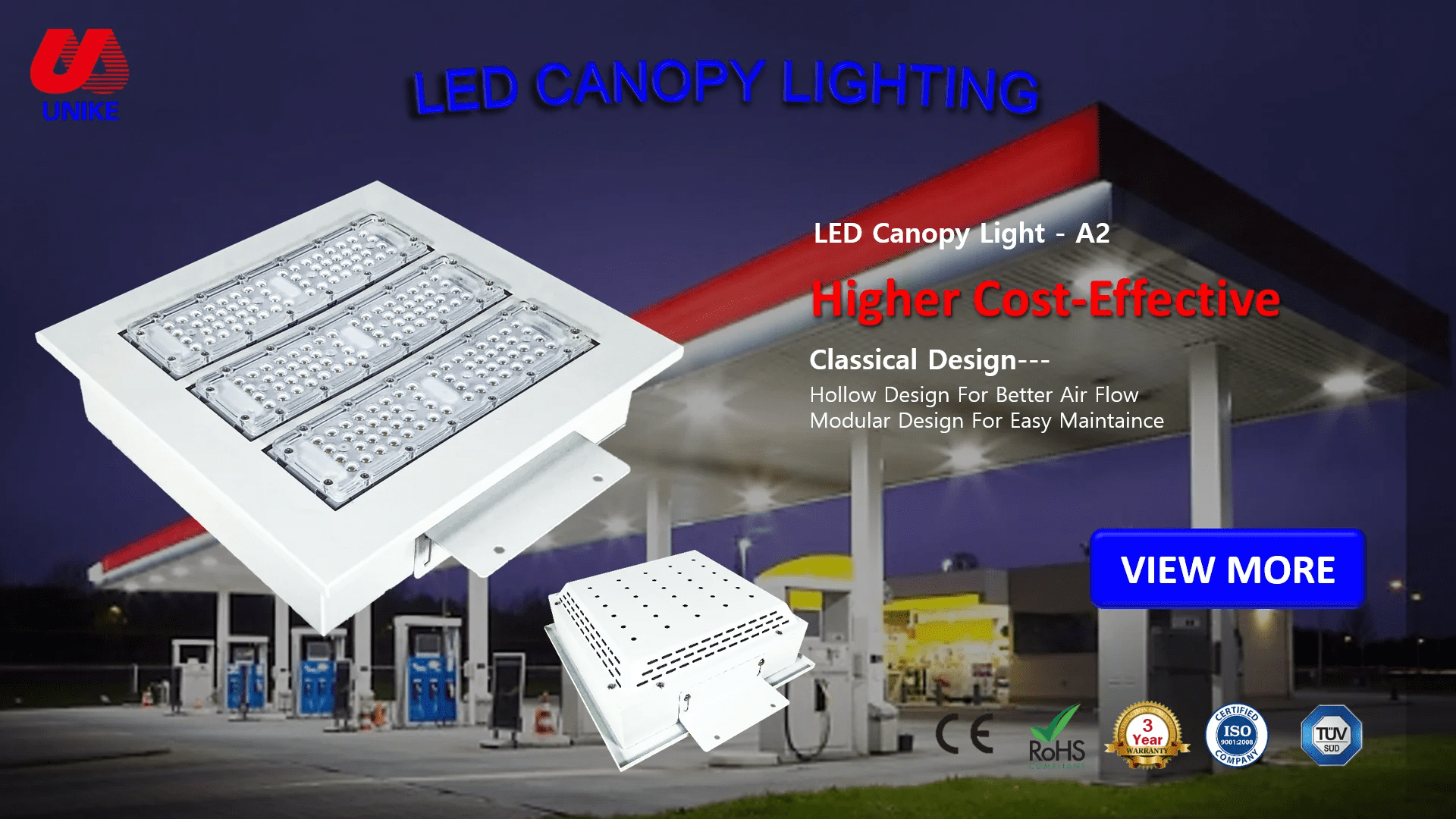
3.Electrical and Wiring Safety
Wiring in gas stations must strictly follow explosion-proof standards, avoiding exposed cables in areas prone to impact or corrosion. Recommendations:
Use explosion-proof junction boxes and armored cables.
Install transformers and control systems in safe zones, maintaining sufficient distance from fuel dispensers.
4.Maintenance and Regular Inspections
Although LED fixtures have a long lifespan, regular maintenance is essential:
Clean lens surfaces periodically (oil and dust buildup can reduce brightness).
Inspect wiring for wear and tear.
Conduct comprehensive checks every six months, replacing damaged components promptly.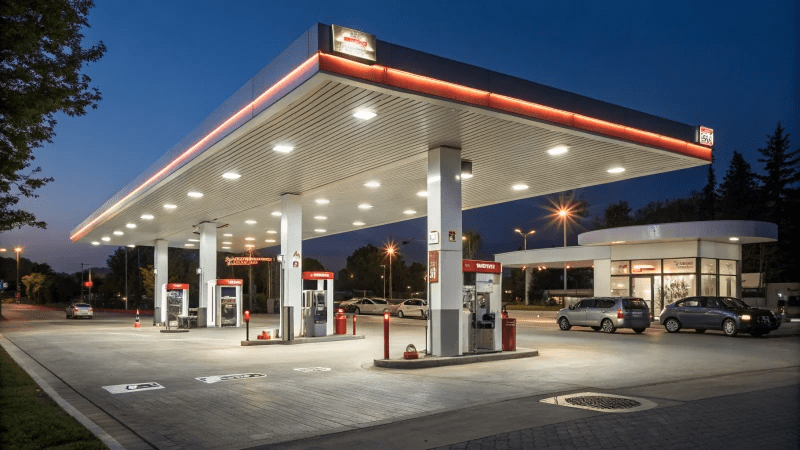
Conclusion
Gas station lighting installation is a specialized task requiring a balance of safety, functionality, and aesthetics. Through proper fixture selection and standardized installation, gas stations can achieve an efficient and durable lighting system, enhancing safety and comfort for customers and staff alike.

